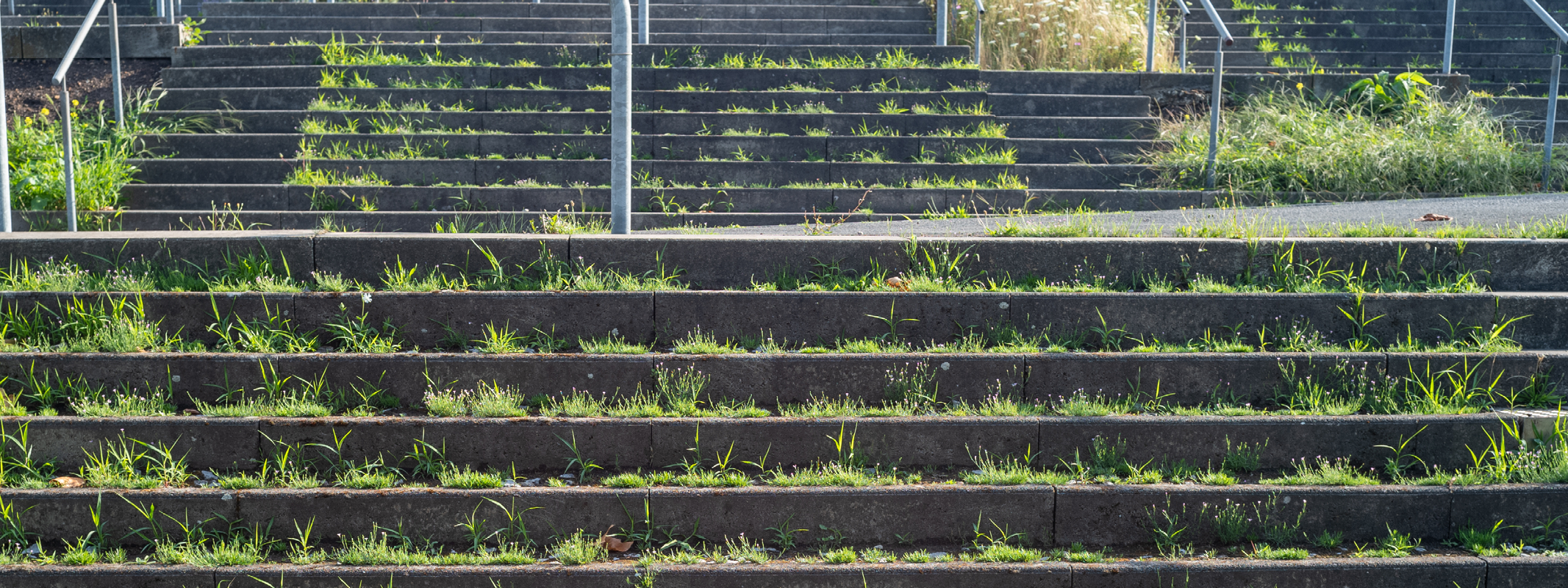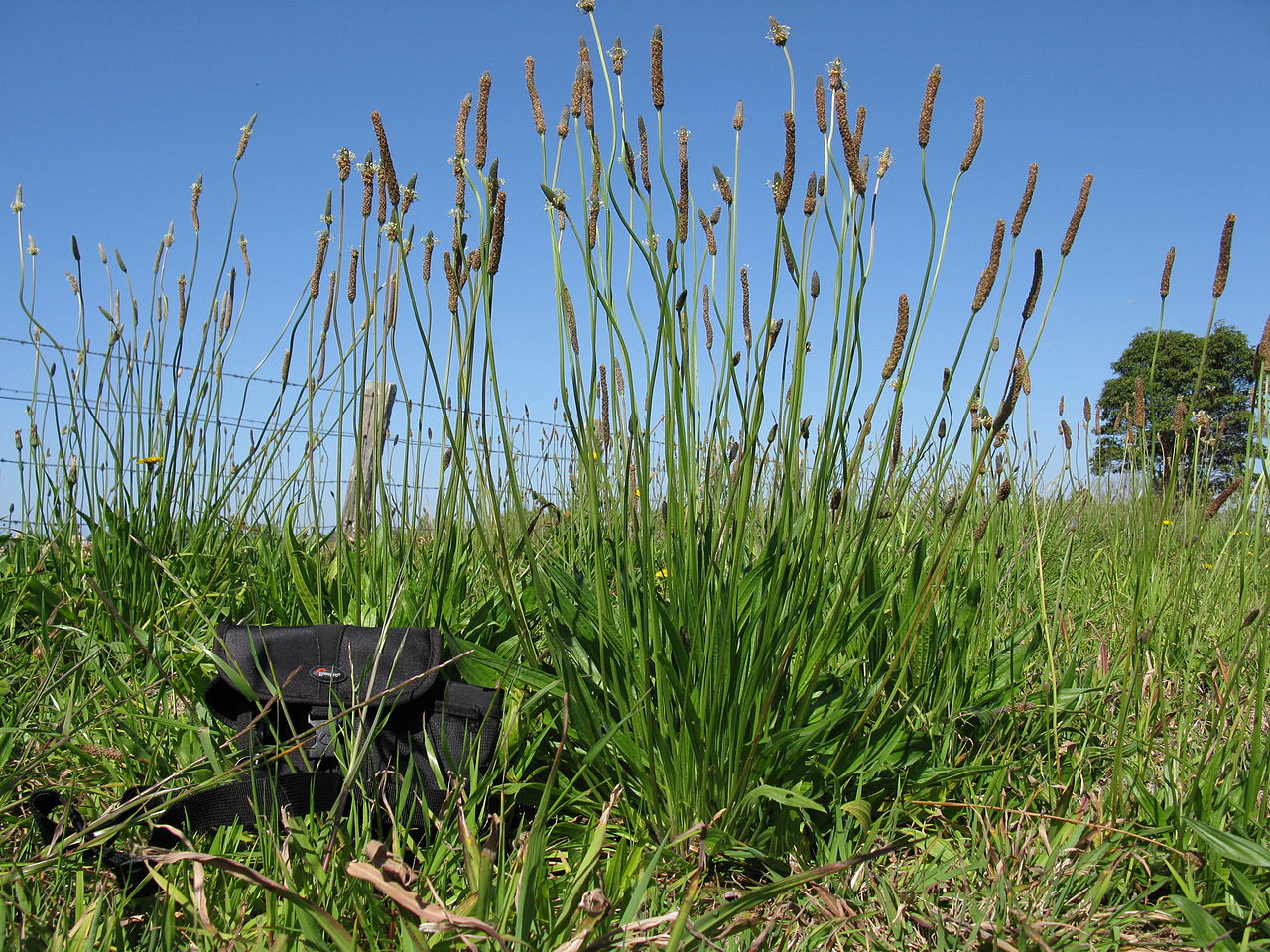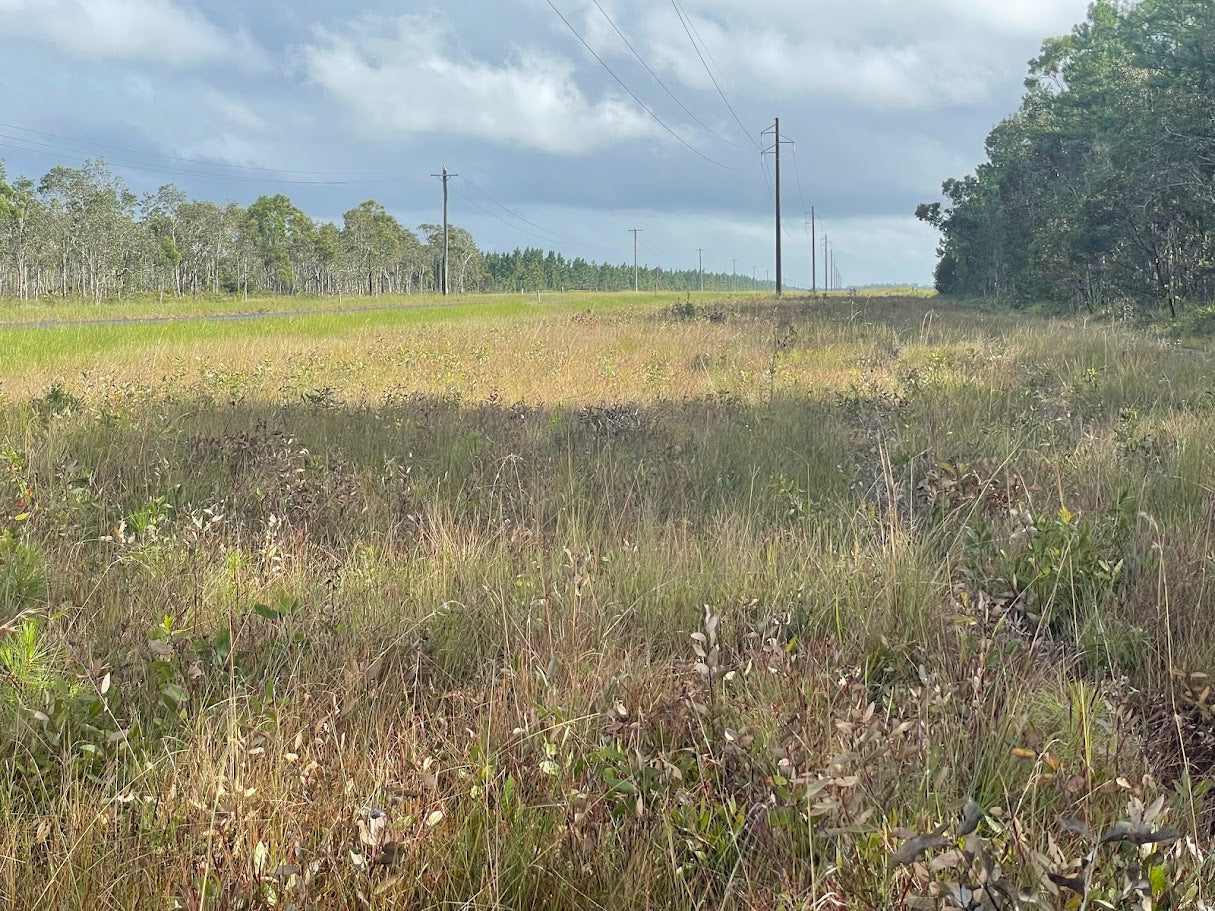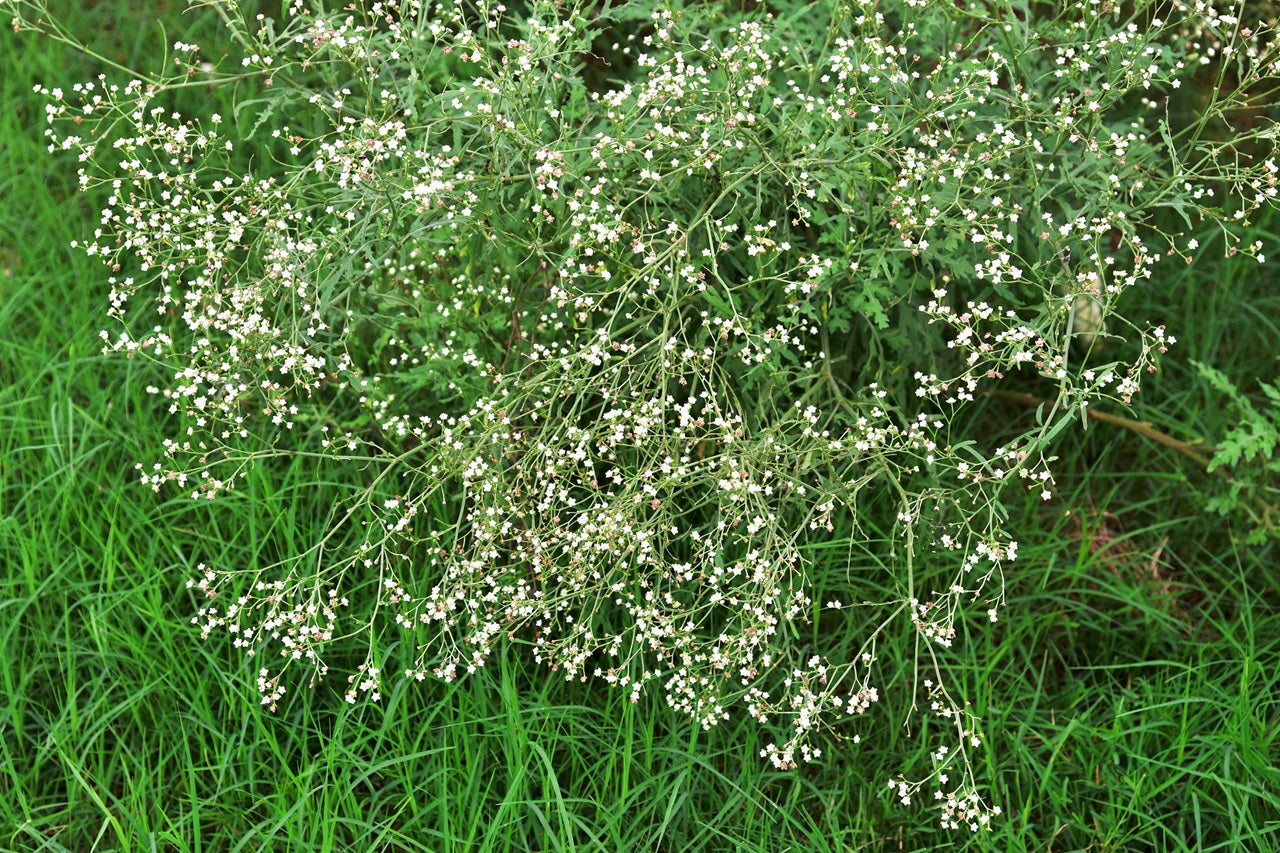
What is the Definition of a Weed?
Essentially, a weed is a plant that grows in an unwanted place. We see them on a daily basis. They can be an introduced species or a garden escapee. When a plant effects visual aesthetics or crop production, it is considered as a weed.
Apart from the untidy appearance, other concerns that arise from the occurrence of unwanted plants are:
-
Competition with desired plants for light, moisture, nutrients and space.
-
Harbouring pests and diseases.
Sometimes we provide the most favourable conditions for these unwanted plants to thrive. Sometimes it's because of the hardiness and broad range of growing conditions these species will establish in.
What might be a weed in one location can be a valuable part of the ecosystem in another. Sometimes a weed can both be desirable and undesirable in the one location.
For example, when grass is growing in a lawn, it is desirable. As soon as its runners grow into the gardens it becomes a weed.

Categories of Weeds
Weeds are commonly grouped as broadleaf weeds or grass weeds. They are further classified according to their lifecycle, being, annual, biennial or perennial.
Annual weeds
Entire lifecycle takes place in one year or less. They can only reproduce by seed. They can also be named from the season in which they appear as an issue. For example; summer annuals germinate in the spring and die in the winter.
Examples of annual weeds include:
This timing of germination becomes important in the control of these weeds. For example; the seeds of summer annuals germinate in the Spring. To prevent these seeds from germinating, a pre-emergent herbicide application needs to be made in early Spring. Post-emergent controls can then be implemented over the summer months.
You may find another article interesting to learn about Maximising Weed Control with Pre and Post-Emergent Herbicides.
Biennial weeds
Requires two growing seasons to produce seed and finish their lifecycle. The first year the plant concentrates its efforts on growing. In the second year they produce flowers and seed.
Perennial weeds
Can live for many years and once matured will flower each year. There are two main groups of perennials, stationary and spreading. Generally stationary perennials reproduce by seed but sometimes by rootstock material.
Spreading or Creeping perennials reproduce by seed and by vegetative matter including bulbs, rootstocks, stolons, rhizomes and stem cuttings. Creeping perennials can be harder to control than seeding species because any part of the plant left alive can regrow.
Examples of perennial weeds include:
Ephemeral weeds
Have multiple life cycles within a year. They can grow and reproduce in a short period. They are hard to control using only post-emergent herbicides because of their high levels of seed production.
For information about commonly occurring weeds in Australia, check out our Weed Identification page.
Declared Weeds Management
In Australia, each state has a biosecurity register of plants. These are plants that have been identified as a risk to the environment or to agriculture. Usually people classify them as Class 1, 2, or 3.
Class 1
Have the potential to become a serious pest plant. It is an offence to introduce, keep, release or sell them.
Class 2
Have already spread over a large portion of the state. Their impact is serious and they need to be controlled to avoid further spreading. All landholders must make efforts to keep their land free from class 2 weeds. It is an offence to possess, sell or release them.
Class 3
Are commonly established. Landowners are required to take action against the weed especially in the vicinity of environmentally significant areas. Many local government authorities have their own list of undesirable plants that are required to be controlled.
There is also a national approach with the Weeds of National Significance Program. The program has identified and created a strategic approach to the management of 20 of Australia’s most serious weeds. The program helps land managers with advice on tackling these threats including mapping, education and awareness training and research.
Weeds present a significant challenge in the horticulture industry, as they can disrupt the balance and health of cultivated spaces. To maintain aesthetically pleasing and productive landscapes, it is crucial to implement proactive strategies to control growth. By understanding the characteristics and propagation methods of different species, horticulture professionals can develop targeted approaches for prevention and eradication.
Additional content
VIEW GWS' ADDITIONAL CONTENT TO LEARN MORE ABOUT THE WEED INDUSTRY

Water pH and the Performance of Weak Acid Herbicides
Weak-acid herbicides must remain in their non-ionised (acid) form to move efficiently through the plant cuticle. When spray water is too alkaline, the herbicide molecule becomes ionised.
Read more
Towards Modern Vegetation Management: Solutions for Australia’s Linear Infrastructure
Understanding the Changing Vegetation Challenge Vegetation management across Australia’s linear infrastructure corridors is becoming increasingly complex. Roads, rail corridors, gas pipelines, elec...
Read more
Case Study: Parthenium Weed Hygiene
Introduction: The Necessity of Weed Hygiene Management Australia’s vast expanses and diverse land uses, from grazing pastures and cropping zones to natural bushland and urban corridors are u...
Read more
